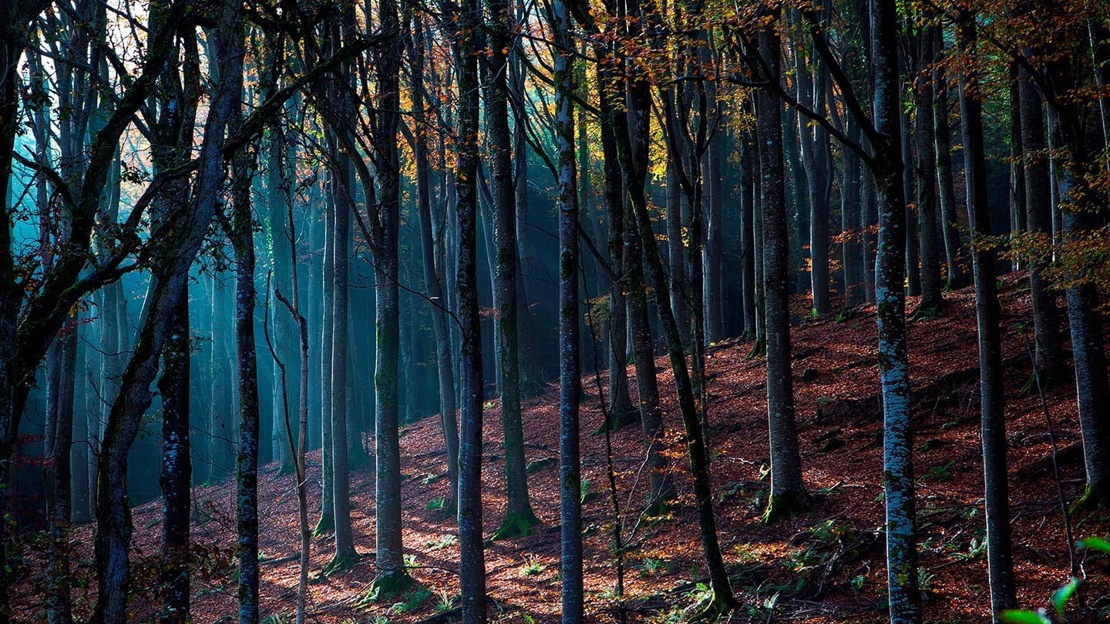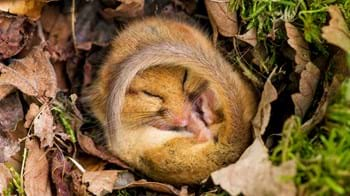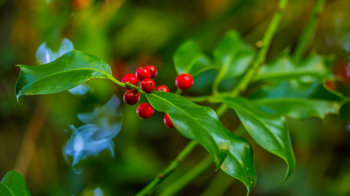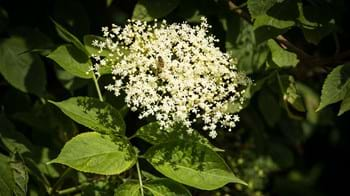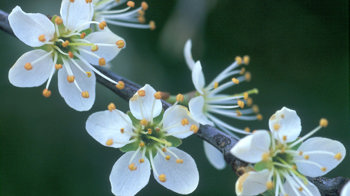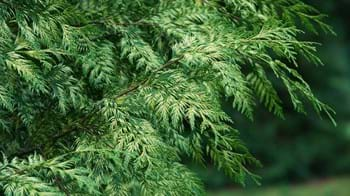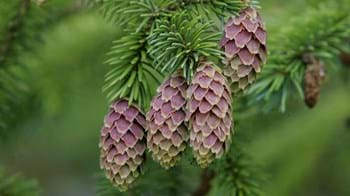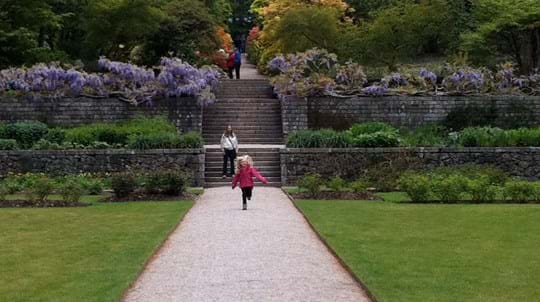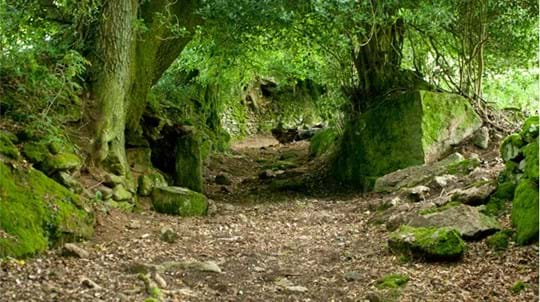
Fingle Woods
Nr Dunsford Devon

Woodland Trust wood group
- Fingle Woods - Lot 1 - Wooston Castle Wood
- Fingle Woods – Lot 2 – Halls Cleave Wood
265.24 ha (655.41 acres)
SX762895
Explorer 114
OS Landranger 191
Fingle Woods lies along 10km (6.2 miles) of Dartmoor’s craggy Teign Valley, tucked into the northern fringes of Dartmoor.
Wander through 45km (28 miles) of new trails, take in spectacular views and discover its history. Explore the sun-dappled glades, spot wildlife and uncover intricate woodland archaeology. See if you can spot the iridescent blue of the kingfisher as it darts along the bank of the river Fingle, which gurgles and sparkles on its route through the woods. Listen for the rap of a woodpecker and the splash of an otter. Look for the ever-changing wildflowers, from carpets of ramsons and wood anemone to wild daffodils and bluebells, and discover the magic found here at Fingle.
The site is made up of eight different woods, which we jointly own and manage with the National Trust in the first venture of its kind between us. In one of our largest woodland restoration projects ever, we are nursing it back to health and reclaiming it for nature and people.
Features
- Parking at site
- Parking nearby
- Public access
- Autumn colour
- Spring flowers
- Waymarked walk
- Moorland
- Coniferous woodland
How to get to Fingle Woods
Bordered by two National Trust properties (Castle Drogo and Steps Bridge), Fingle Woods covers 334 hectares (825 acres), in northern Dartmoor on the side of the steep Teign Valley, near Dunsford.
From Exeter, head westbound on the A30 until you reach the Cheriton Bishop junction. From here, take the minor road into Cheriton Bishop. Just as you are entering the village, turn left at the oak tree immediately before the pub (The Old Thatch Inn). Continue on the minor road until you reach a cross roads, then turn right, sign-posted Clifford Bridge. Go down the hill until you reach another cross roads. Go straight across and over Clifford Bridge. The main car parks, including Clifford Bridge and Sawmill Shed, are all accessible off this road.
There are no train stations near the wood. The closest stations are in Yeoford, 12km (8 miles) from the woodland, and Exeter, 24km (15 miles) away. Yeoford station is a request stop, so for more route choices, Exeter station is advisable.
Visit National Rail for more information.
The 173 service from Moretonhampstead-Exeter stops in the village of Drewsteignton, 1.6km (1 mile) from the woods.
Visit Traveline for more information.
Facilities and access
You can get to Fingle Woods from Clifford Bridge or Sawmill Shed car park.
From the road near Clifford Bridge you can continue along the main river into Cod Wood or walk through Halls Cleave (the hidden valley) towards Mardon Down.
There are a number of car parks located on the edge of the woods.
Sawmill Shed car park is located in the middle of the woods at the top of the steep valley. It is a great place to start a walk to the Iron Age Hillfort or river.
Clifford Bridge car park is located in the middle of the woods at the bottom of the steep valley and has access onto the riverside path.
Wooston Hillfort car park is located at the top of the steep river valley. It's only a short walk to explore the Iron Age Hillfort or admire the spectacular views down the Teign Valley.
Mardon Down car park is located to the south of the woods and makes a great starting point for exploring the quieter parts of Fingle.
There are toilets in the car parks at Sawmill Shed and Fingle Bridge.
Wildlife and habitats
Animals
Wildlife is making a comeback at Fingle Woods. 36 species of breeding birds have been recorded here, including red-listed rarities. There are otters along the river, 12 bat species and threatened butterflies, including dingy skippers and pearl-bordered fritillaries.
Trees, plants and fungi
Non-native conifers are being gradually cleared to make way for native trees to thrive. The woodland floor has been opened up to sunlight again and wild daffodils and foxgloves are spreading along the verges. Wood sorrel, primrose, dog’s mercury, red campion and yellow archangel offer a nectar source for hungry invertebrates.
Habitats
Made up of 334 hectares, Fingle Woods is vast mix of habitats. Discover ancient, broadleaf, coniferous and upland wood habitats, along with grassland, moorland, heathland and wet woodland.
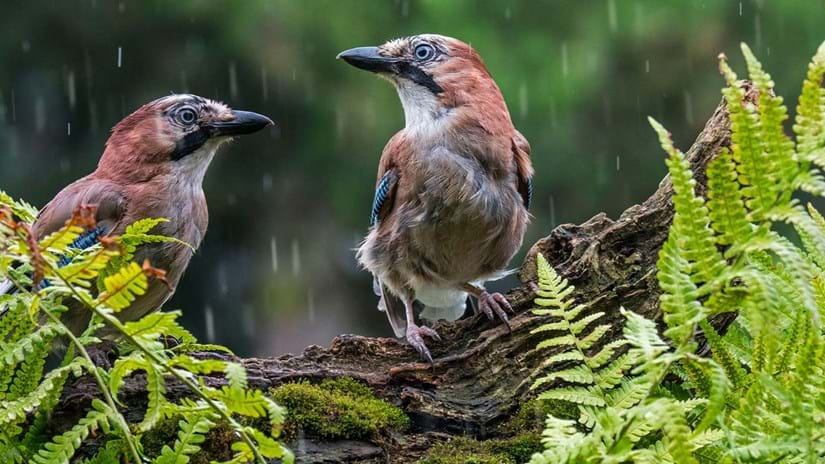
Inside Britain's rainforests
00:03:47
Take a glimpse into Britain's beautiful and fragile temperate rainforests and discover more about the rare and globally important species that live there.
Watch the filmAbout Fingle Woods
History
Fingle Woods has a long history: the site has been used and occupied since the Iron Age some 3,000 years ago. Wooston Castle – an Iron Age hillfort – stands testimony to its ancient status.
During the 16th century, the charcoal industry blossomed in the woods, providing a versatile fuel for local leather tanning, smelting and weaving industry. Sessile oak was coppiced for fuel until the end of the Second World War when charcoal was used in the manufacture of explosives and case-hardening aluminium.
Conservation and threats
The Trust has teamed up with the National Trust to restore Fingle Woods. We haven't attempted bringing a wood of this size back to life before and is an adventure for all of us.
Woodland restoration on this scale is likely to be a lifetime’s work. Over the last century, foresters have planted conifers to meet the demand for timber, leaving the wildlife-friendly oak woods to dwindle. Many of these coniferous giants have become a towering timber crop while others have been left to create a dense cloak of shade over the landscape.
Now it’s our job, along with the National Trust, to reverse this trend and bring back the semi-natural woodland habitat more appropriate to this Devon valley.

Keeping Fingle Woods wild
00:02:17
Hard graft. Passionate people. Expertise and skill. There's more to our woods than just trees. See for yourself what makes Fingle Woods so special, and what it takes to keep it that way.
Watch the film
Your support matters
This wood was secured for the future thanks to your response to an urgent appeal. Discover how you helped us bring another incredible place safely under our wing, and what the future holds for Fingle Woods.
See what we've achievedThings to do in Fingle Woods

Visiting woods
Walking dogs in our woods
Dogs are welcome for walkies in our woods. Take a look at our tips and guidelines for ensuring we keep our woods safe and special for dogs and wildlife.

Visiting woods
Events
Discover events at our woods and the festivals and fairs you can find us at soon.

Visiting woods
Things to do in the woods
Go on an adventure. Get closer to nature. Uncover history. Discover ways to explore the UK's woods whatever the season.

A lasting legacy
This wood is just one of many to have been protected by gifts in wills, securing it for generations to come. Your legacy gift could also make a real difference to woods, trees and wildlife.
Learn what your gift could mean




